Self driving cars and telematics data impact safety
It was recently reported that the “total accident rate for commercial fleets averages 20 percent”. This is a high number that has massive socio-economic implications for our communities. We have a responsibility to make vehicles and roads safer.

Senior Vice President, Europe at Geotab
Dec 28, 2023
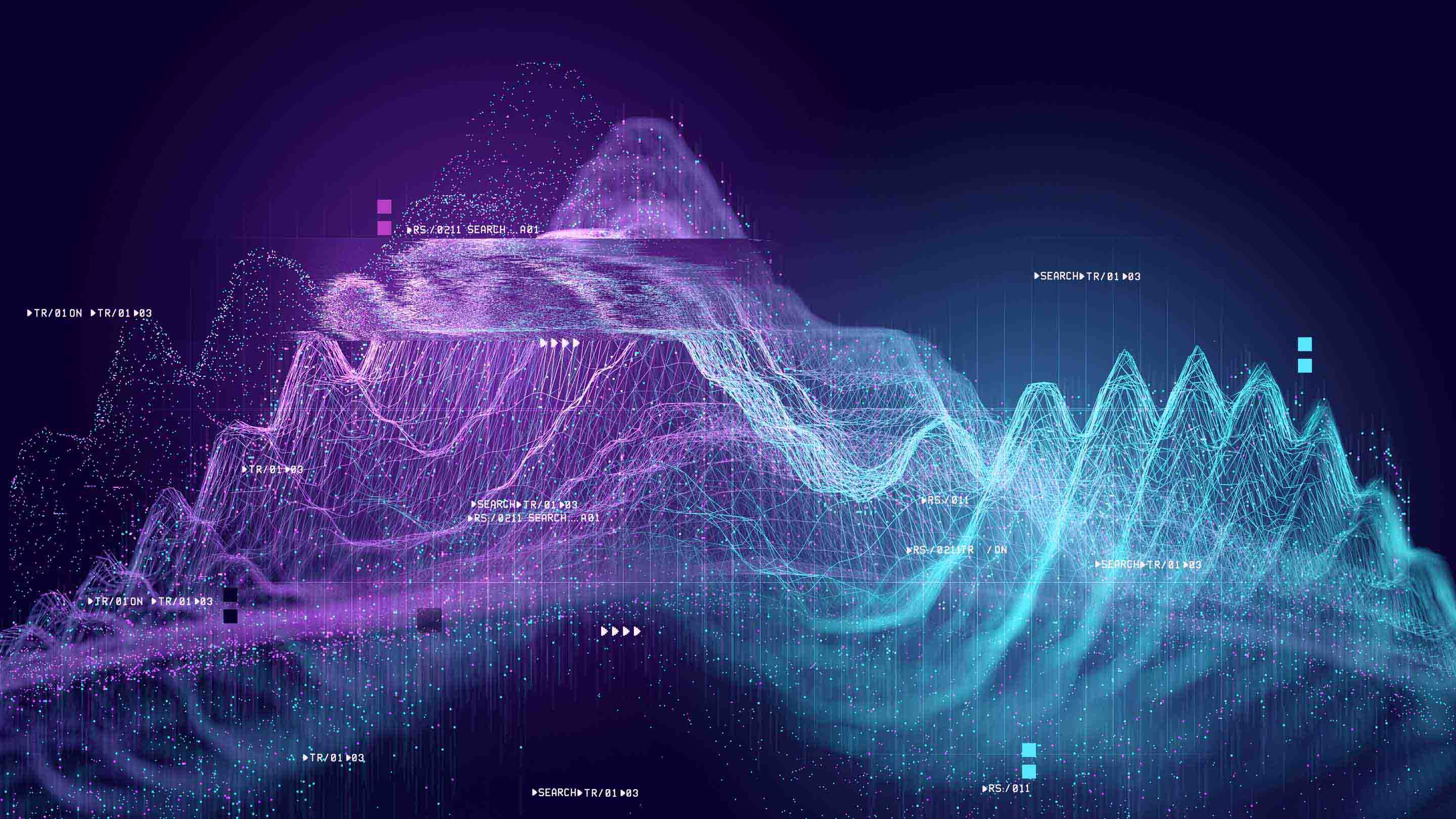
It was recently reported that the “total accident rate for commercial fleets averages 20 percent ”. This is a high number that has massive socio-economic implications for our communities. We have a responsibility to make vehicles and roads safer.
Before I delve into the convergence of Self Driving Car technology and telematics; I want to relay a story. As this blog is geared towards the telematics community, we understand how telematics big data is impacting businesses. With a family or a fleet of vehicles, telematics is about getting data to improve safety and efficiency. So understanding the evolution of Self Driving Cars to paint the ‘convergence’ picture begins by presenting a story on Self Driving Cars.
Paraphrasing a recent McKinsey article, “in 1964 at New York World’s Fair, General Motors exhibited the Firebird IV concept car, which, as the company explained, ‘anticipates the day when the family will drive to the super-highway, turn over the car’s controls to an automatic, programmed guidance system and travel in comfort and absolute safety at more than twice the speed possible on today’s expressways.’” It has been over 50 years since that early proclamation but as Electric cars moved from concept to mainstream, so will Self Driving Cars.
And at a recent conference, this interesting quote from Elon Musk, Co-Founder and CEO of Tesla, who believes that eventually people won’t even be allowed to drive their own cars and that “autonomous or self-driving cars will surpass humans’ ability to drive safely and avoid obstacles and accidents. In the distant future, people may outlaw driven cars because it is too dangerous”. Amazing, But now about that story:
At dinner parties, I love to throw out the possibility of self driving cars as it catches and stimulates everyone’s imagination. You’re picturing the Jetson’s right now, aren't you? It’s OK. The debates can be rather interesting as some people have never heard of Self Driving Cars and are adamant that it is impossible, until you get into the debate, start the education process, and begin breaking it down. Even then, some only picture a futuristic, entirely out of reach concept.
My neighbour across the street, who shall remain nameless to protect her identity; but let’s just say she has twin girls, lives four doors south and drives a white Lincoln, but to protect her identity we’ll call her ‘soccer mom’ (sorry EU team, ‘football mom’ just doesn’t have the same ring). As soon as I said ‘self driving cars’ at a recent dinner party, soccer mom immediately thought of the holy grail of self driving cars. You know, jump in your car and ask it to take you around the park and home, while you sip tea and read the paper. Understandable.
There are many technical, legal, business, legislative plus insurance challenges to get to that level. But, Self Driving Cars are here today, and the ecosystem and legislative bodies including us normal folks are starting to wrap their head around its inevitability. ‘Soccer mom’ really started to grasp the evolution as I pointed out the self-parallel-park assist that her Lincoln provides, is a form of self driving - she lets go of the wheel and the car drives itself into the spot safely. She uses this feature and loves it.
May we agree that, at minimum, early stage forms of Self Driving Cars are on the roads today, and potentially evolving to the ‘holy grail’ in the future? More proof can be found here.
Telematics is here and has been for decades now, from the basic to the very advanced. Basic in the form of naked bare bones dot on a map technology; to the bleeding edge with layers and layers of evolved solutions such as Geotab’s. Incorporating rich data that is then wirelessly transceived to provide socio-economic benefit that is today measured in the billions, and soon in the trillions. The telematics companies that stay in the forefront of technology and continue to evolve their solution are the ones that are in rapid growth modes today.
Geotab is one such company. Take our partnership with Mobileye as an example of the evolution of telematics. Mobileye is a NYSE listed company with a nearly $10 Billion US dollar valuation. Watch Co-founder and Mobileye CTO show you Mobileye in this video. Mobileye is driving the future of computer vision and automated driving. Cameras, computing plus artificial intelligence and neural networks are a big component as is wireless data between vehicles (Floating Car Data) and fixed points.
This table from McKinsey illustrates the evolution in safety in the form of collision avoidance. Note how today and in the future, wireless technologies become an integral component for collision avoidance:
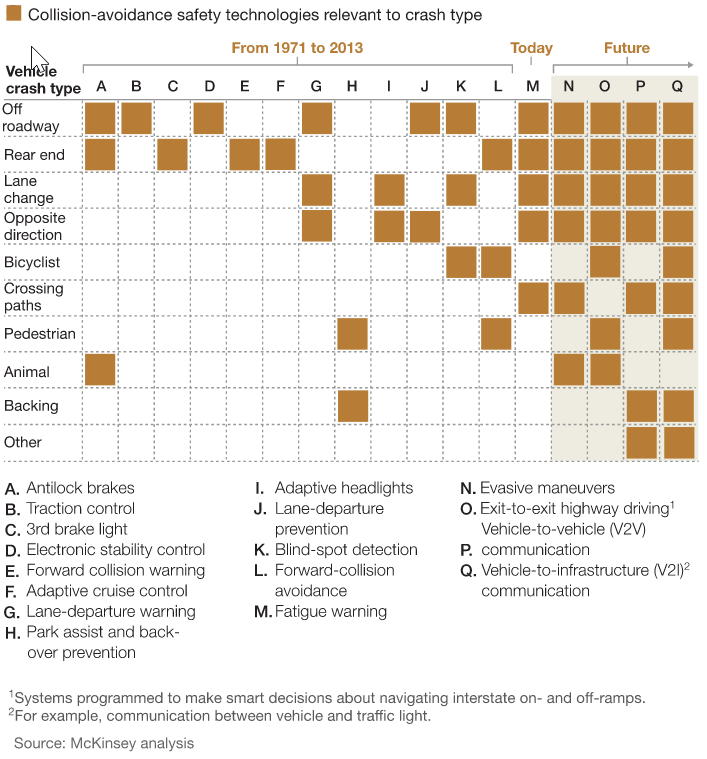
Geotab has brought the pillar of safety to the forefront, as noted as a main point in Colin Sutherland’s 2020 Vision of Telematics blog. Our partnership and technical collaboration with Mobileye is further proof of this. Many telematics companies have integrated with some form of video or camera technology on heavy duty vehicles (J1939 protocols) and that is rather, excuse the pun, pedestrian. Geotab has expanded this to include all vehicle types. This is a very large competitive advantage that Geotab brings, as this may only happen if the telematics hardware device has the ability to read multiple vehicle CAN bus lines at the same time. Geotab’s GO7 device is one of, if not the only, OBD device in the world that has this capability.
Henri Engel, based in the Netherlands and a guru on Smart Mobility & Self Driving cars who started and manages the 5,000 person Self Driving Car group on Linkedin comments, "I believe that the ecosystem is ripe today for the convergence of advanced autonomous driving and wireless technologies to further prove and advance the self driving vehicle that brings safety and efficiency gains. With convergence, an important step is taken into total disruption in personal and commercial transport.”
Why is transceiving safety data important and what does this mean?
Many vehicles today will tell the driver when the air pressure of a tire is low, a seat belt is left unfastened, or the check engine light is on. Does a typical driver respond right away? How about when the driver is deviating from a lane, tailgating, or a pedestrian or cyclist is crossing the vehicles path? The in-vehicle alerts and data must enable drivers to become more aware in order to avoid potential collisions or mishaps, as well as provide fleet operations with the comfort that assets are being utilized both safely and efficiently. There are legal and insurance ramifications at play here.
It is estimated that human behaviour counts for over ninety percent of all accidents. Even with advanced warnings and some automation, driving remains a ‘man with machine’ activity. Pragmatically speaking, Mobileye and Geotab enable advance collision warnings to be wirelessly transceived in a configurable way. Some of the exceptions to ensure that this data may be used to assist drivers so they become safer in our communities includes:
- Lane Departure Warning
- Urban Forward Collision Warning
- Forward Collision Warning
- Headway Warning Level
- Mobileye Tampering
- Pedestrian Collision Warning
Sample Report
This report shows, by vehicle, the above exception so one may look at rewarding top performers and working to improve driver behavior with those that need support:

Geotab reports may be configured and personalized to include what is most important to a fleet. Urban driving is more challenging than rural driving. Therefore, this configurability enables fleets to take advantage of the convergence of Self Driving Car technology and telematics data. For example, when a vehicle connects to the Mobileye device and to the Geotab GO7 using the Geotab IOX-Can connection, then safety is taken to the optimal level in today’s big data economy.
Iain Levy, Director of Business Development at Mobileye’s Aftermarket Division, based in Israel states, "we believe that the partnership between Geotab and Mobileye advances collision avoidance in an effort to ensure that fleets are able to equip their vehicles with the worlds most advanced safety technology across all of a fleet’s vehicle types to deliver a positive return on investment."
Geotab and Mobileye have taken a very proactive approach to this responsibility and have integrated our respective best of class technologies to make the roads safer...for the benefit of fleets and by extension, our communities. Speak with your Authorized Geotab Reseller or account manager to get more information on how to make the roads safer together.
See also: Are you getting the most out of your telematics data?
Subscribe to get industry tips and insights

Senior Vice President, Europe at Geotab
Edward Kulperger is the Senior Vice PresidentSVP for Geotab EMEA, focusing on expanding Geotab's global footprint.
Subscribe to get industry tips and insights
Related posts
.jpg)
.png)
AI dash cams vs. traditional: Which delivers better fleet safety?
December 8, 2025
5 minute read
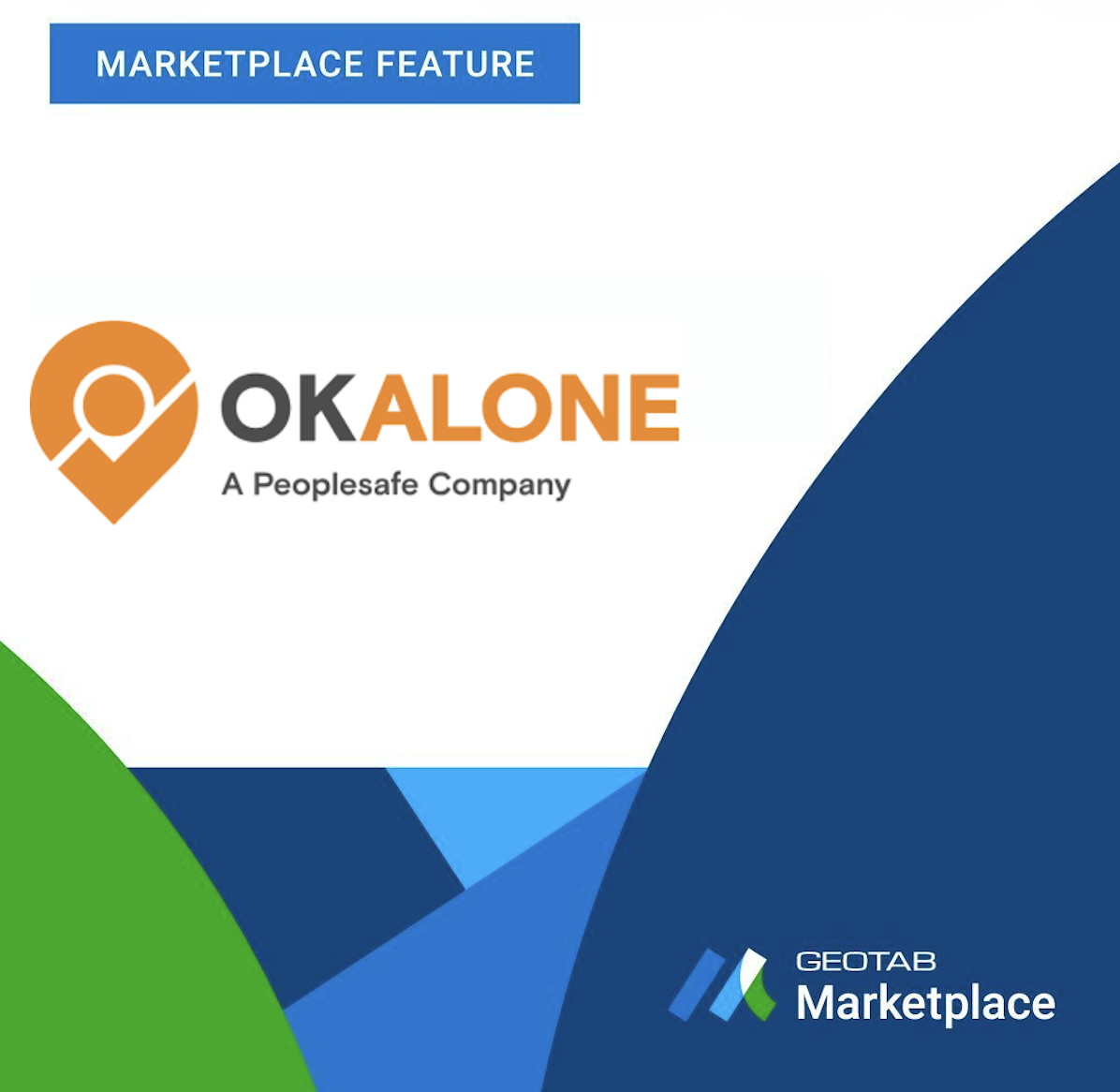
Elevating Worker Safety Through Simplicity: The OK Alone Story
December 3, 2025
2 minute read
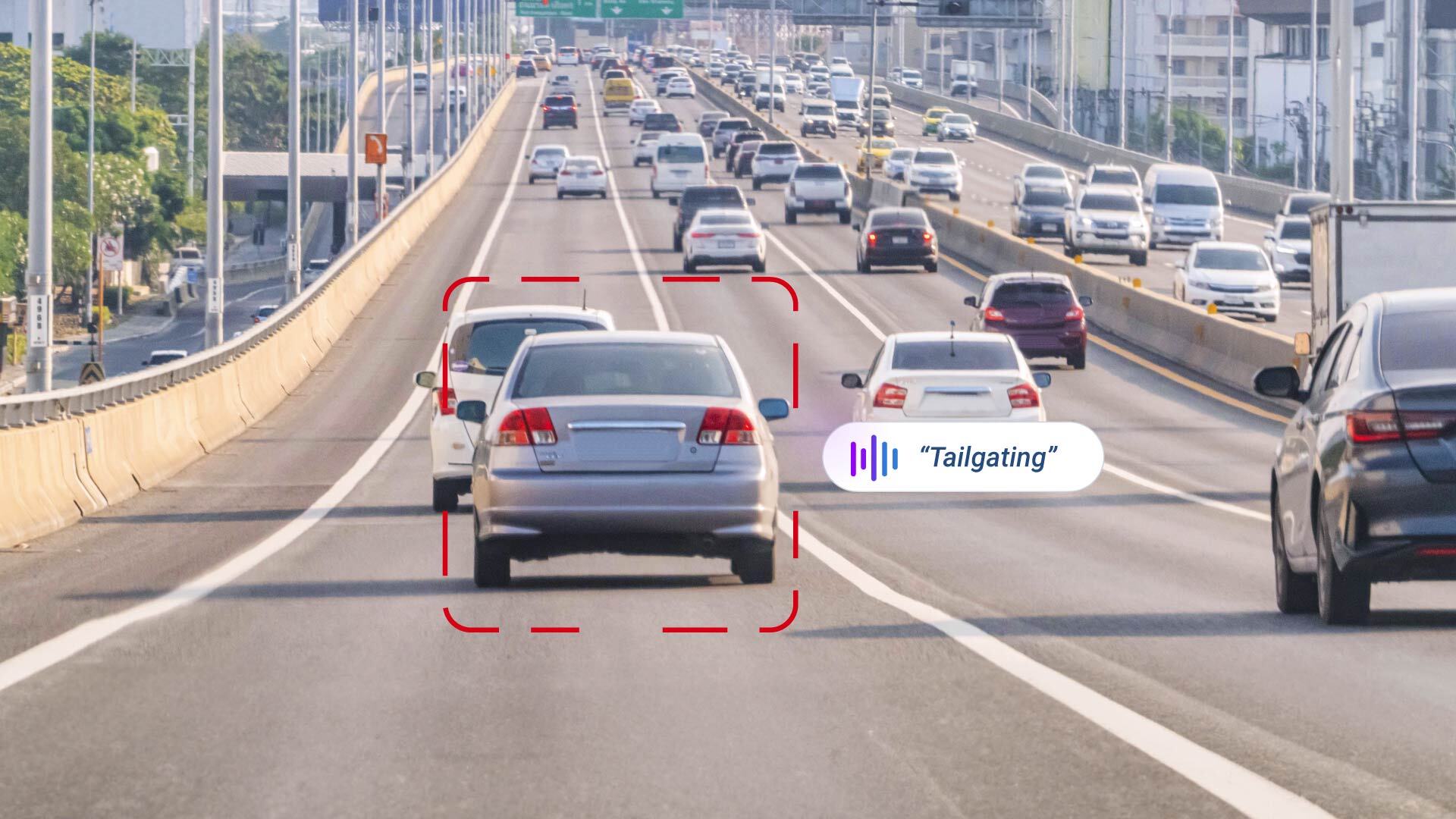
Geotab GO Focus Plus Camera Rules, Thresholds, and Event Buffers Explained
October 27, 2025
2 minute read
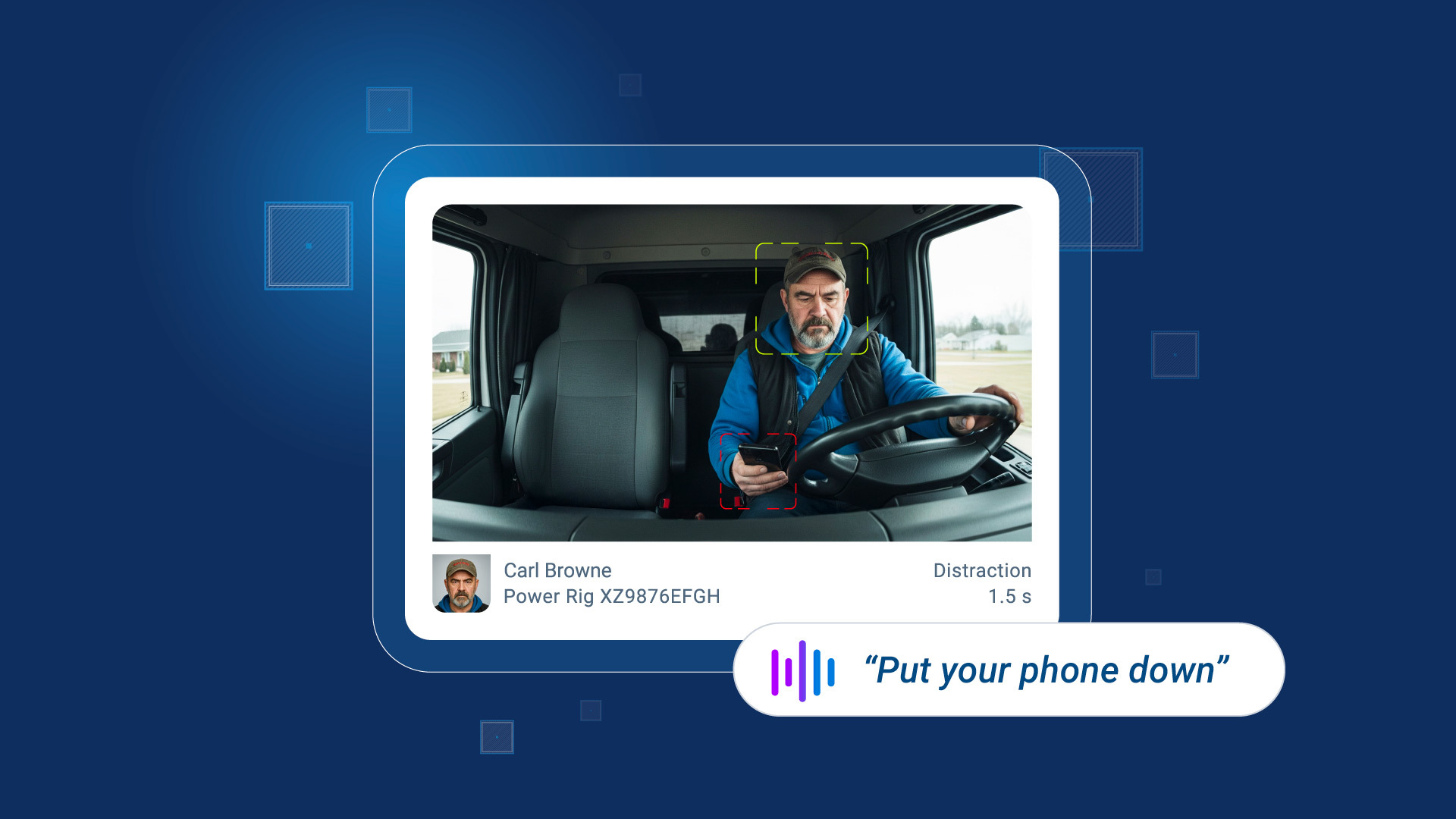
How AI dash cams help fleets tackle distracted driving and reduce collisions
October 23, 2025
4 minute read
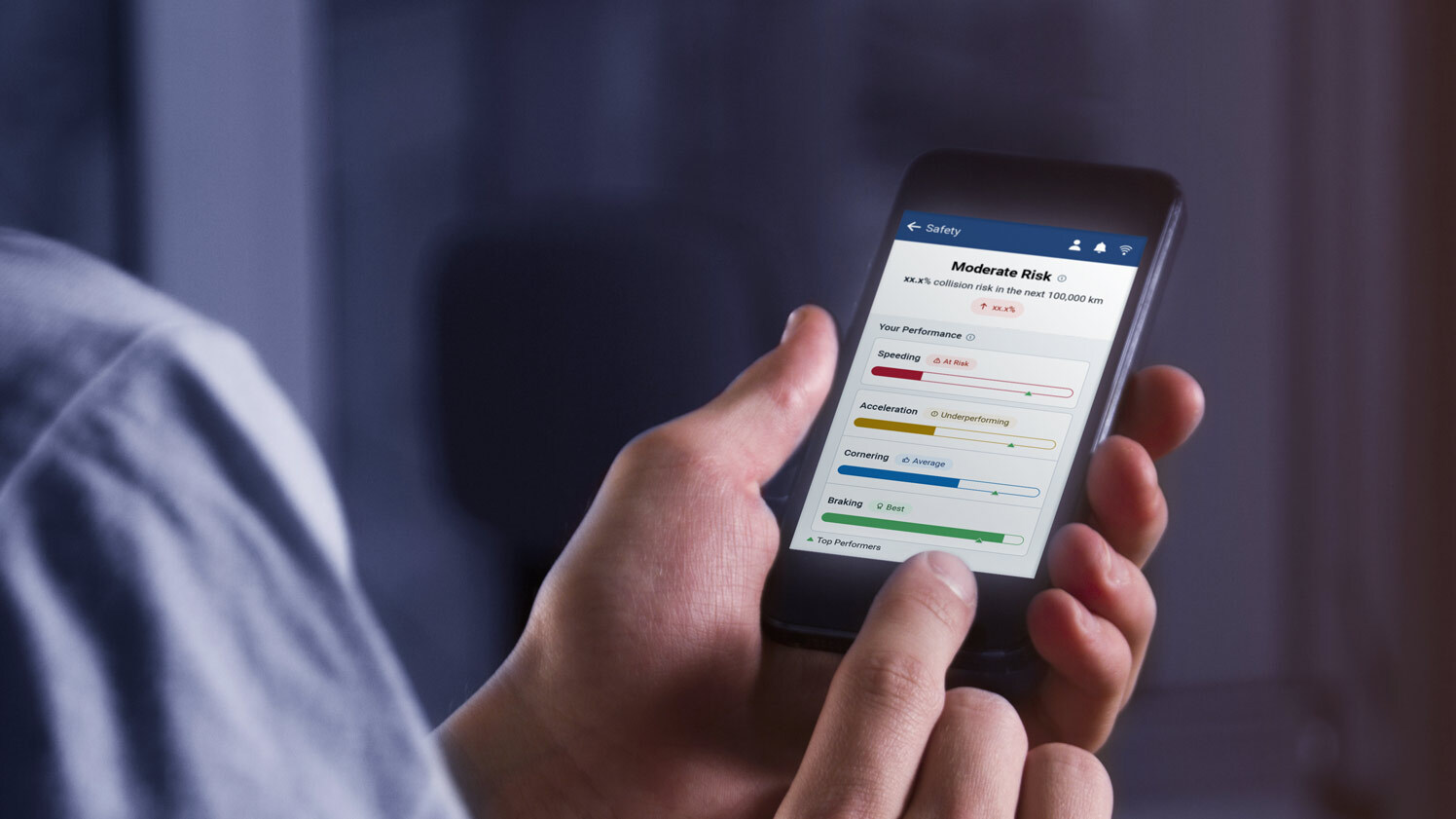
How Geotab’s Predictive Safety Model helps fleets prevent collisions before they happen
October 17, 2025
2 minute read